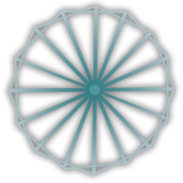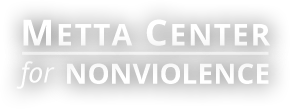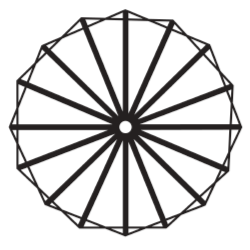Mainstream commentators have regularly listed negative reasons for the uprisings sweeping the Arab world now and even coined the term “refolution” to indicate its origin in popular refusal to continue putting up with oppression and poverty. This is similar to many analyses of the Civil Rights movement that focused on “negro” discontent reaching a climax and the bad odor of racism during World War II. What these mainstream analyses leave out are the equally positive factors: the spectacular demonstration by Gandhi of what people can achieve when they cast aside fear and get a sense of their own power, and the worldwide increase in nonviolence consciousness, admittedly a difficult thing to document or even perceive. Yet beginning with Jonathan Schell’s The Unconquerable World: Power, Nonviolence, and the Will of the People (Jul 7, 2004) and coming down to the volume edited by Maria Stephan, Civilian Jihad: Nonviolent Struggle, Democratization, and Governance in the Middle East, part of the new Palgrave Macmillian Series on Civil Resistance there is the beginning of recognition that “something is happening, but we don’t exactly know what it is” (to paraphrase Bob Dylan). This may be the first time a series has been dedicated to what we believe is an evolutionary emergence of “people power,” the emphasis on ‘civilian,’ who’s doing it, is not as accurate as what the people are doing, namely nonviolence, at least where it’s most successful.








